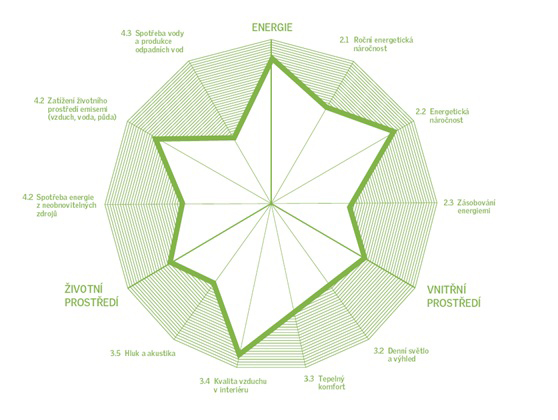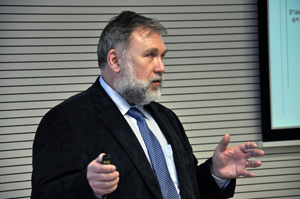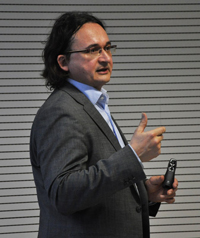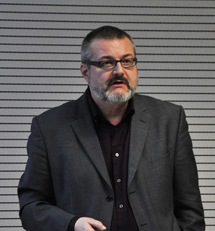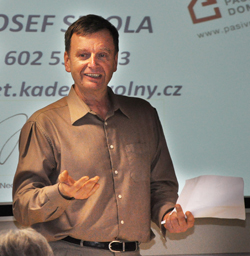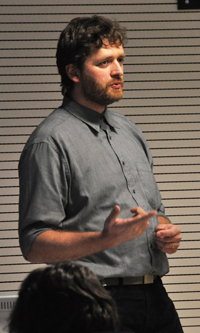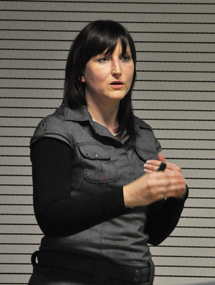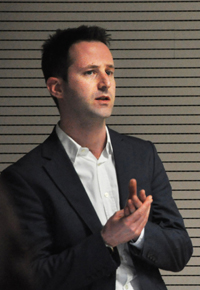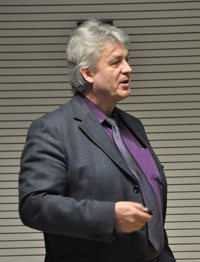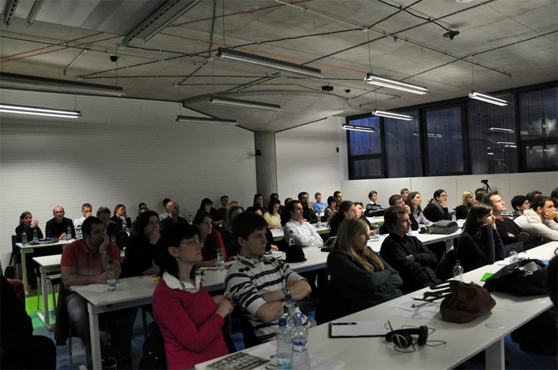On Monday, March 12, 2012, the second seminar for the VELUX Active House Award took place at the National Technical Library, focusing on the technical aspects of active houses. The contributions were not only about technologies and materials. Economic aspects were discussed, many projects were presented, and emphasis was placed particularly on details. It was also great to have a general reflection on whether we are indeed on the right path.




